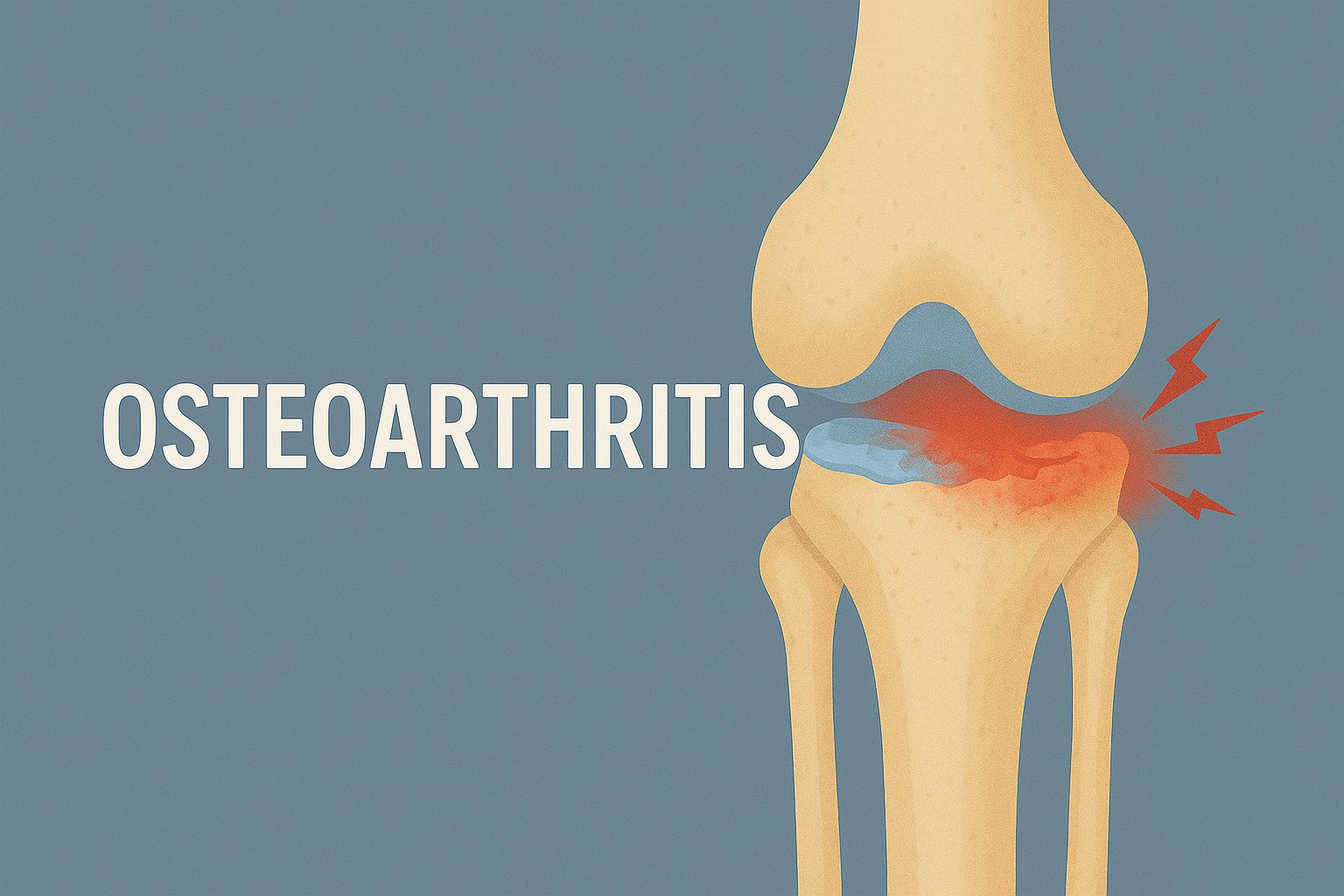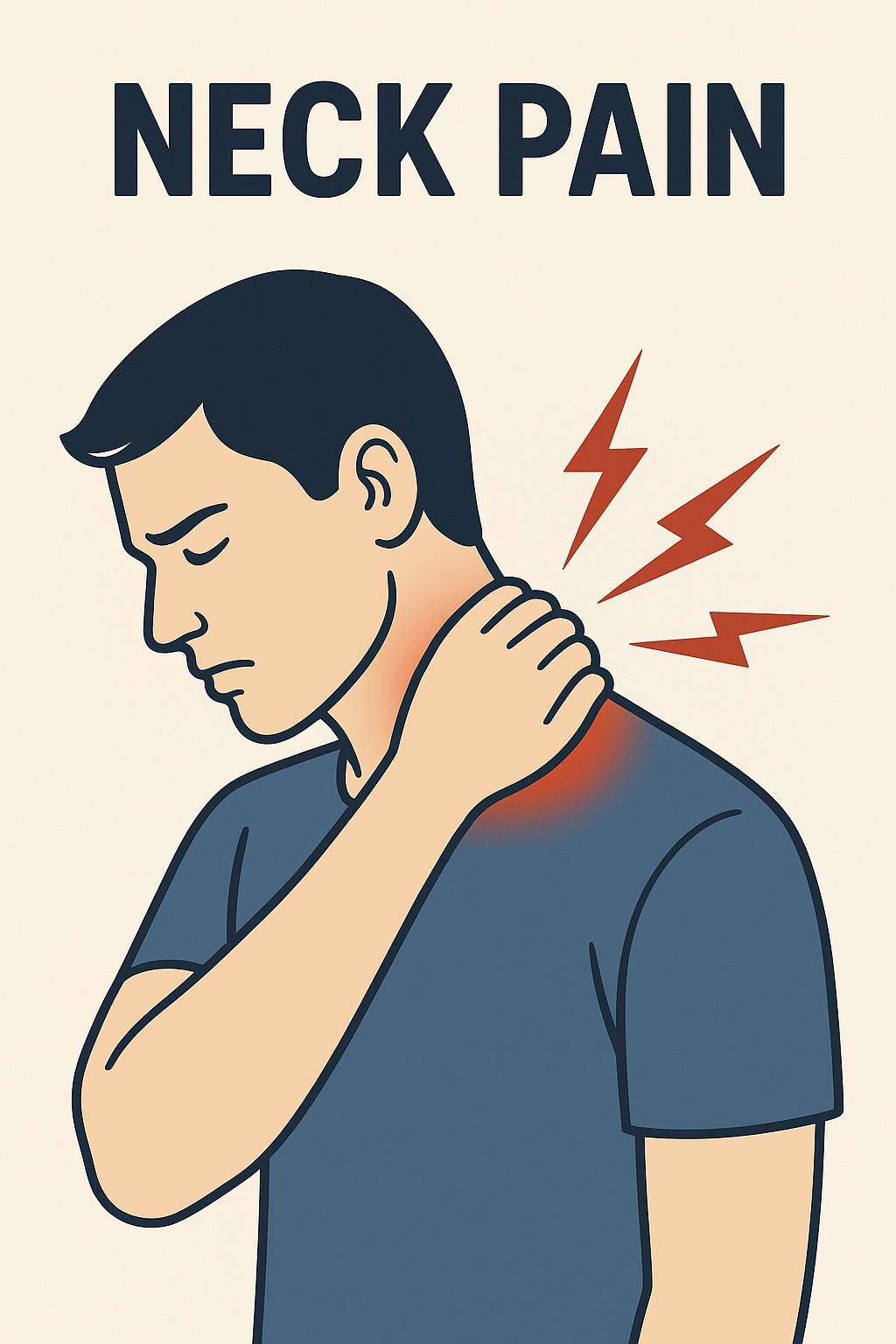What Should You Do If You Think You Have a Facet Joint Sprain?
Book an appointment with your chiropractor as soon as possible. They will assess your spine, diagnose the issue accurately, and begin appropriate treatment
What Does Treatment Involve?
Initial treatment focuses on reducing pain and inflammation by avoiding movements that aggravate the joint. However, complete rest is not recommended.
Chiropractic care often includes:
Gentle spinal manipulation (not on the injured joint) to ease muscle spasm
Advice on posture, movement, and sleeping positions
Exercises to reduce pain and restore movement
Gradual introduction of core stability exercises to strengthen your spine
Your chiropractor will tailor the treatment plan to suit your specific condition. Treatment is not usually painful, and care is taken to avoid aggravating the injury.
Long-Term Management and Prevention
Once your pain has improved, your chiropractor will help you maintain spinal health and reduce the risk of recurrence through:
In chronic (long-standing) cases, treatment may need to continue over a longer period to manage symptoms and maintain mobility.
What About Medication?
Some patients report that painkillers are not always effective. If your pain is severe, non-steroidal anti-inflammatory drugs (NSAIDs) may be an option, but it’s important to be aware of their possible side effects.
Always discuss medication use with your chiropractor or healthcare provider.
How Long Will Recovery Take?
The healing time varies depending on:
The severity of the injury
How long you’ve had the problem
Your activity levels and compliance with treatment
Your chiropractor will discuss your personalised treatment plan, including how often you should come in and what you can do at home to speed up recovery.
Need Help Now?
If you’re experiencing neck pain that doesn’t improve, don’t wait. Book a consultation with your chiropractor to get the right diagnosis and start your journey to recovery.




